Tutorial 02
Get into conversation
Talking to your child during shared book reading is valuable because it promotes language development. Your child understands the world better and can learn lots of new things.
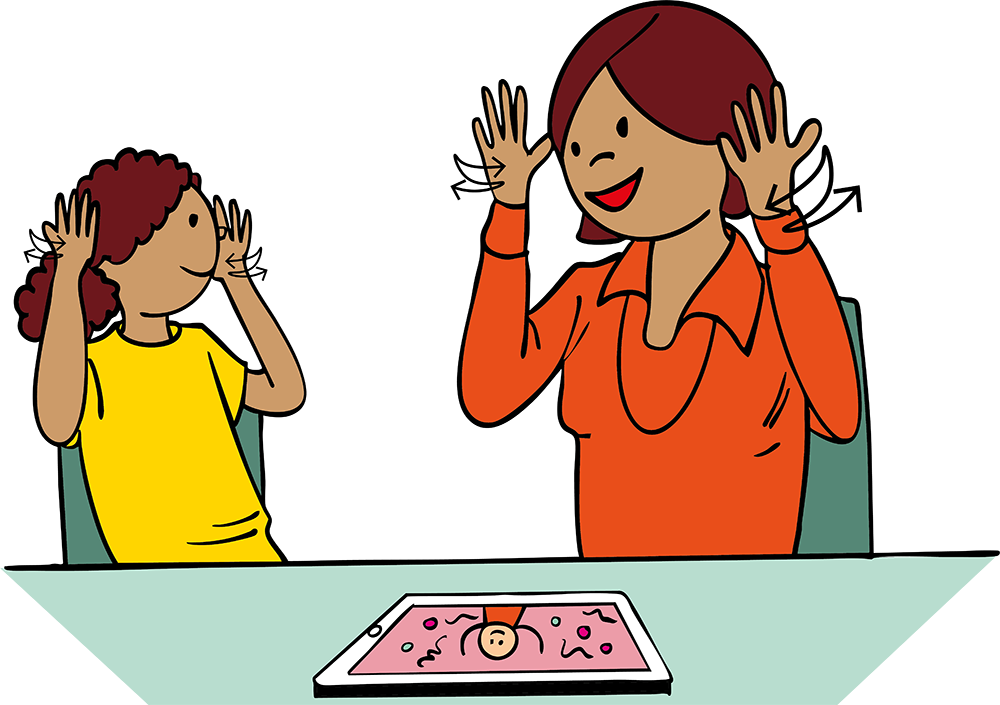
Talking with your child will help you

You can tell whether your child understands everything that happens in the book.

Du kannst deinem Kind neue Gebärden oder Wörter erklären.

Find out what questions your child has.

You can help your child to develop new ideas and thoughts.

You can then also make difficult books accessible for your child.
These conversations are important for all children, but they have a very special meaning for deaf and hard of hearing children:
In the case of deafness or hearing impairment, incidental learning may be limited. A child who is deaf or hard of hearing does not understand the conversations that people around them have, or not as well.
There are lots of things you can talk about with your child
Discuss the cover page
Talk about the picture and the title on the front page. Think about what could happen in the story.
Talk about the pictures in the book
At the beginning, you can look at the pictures in the book and guess what they tell you. Later you can read the text.
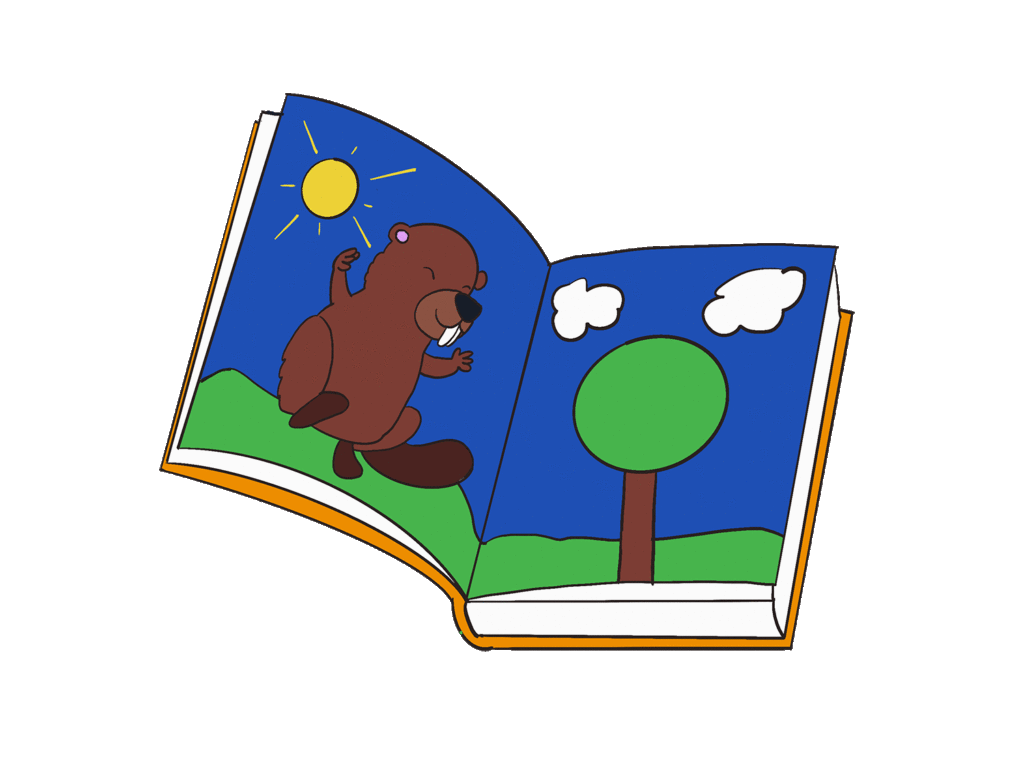
Respond to your child
Let your child decide what you talk about and how long you look at a page.
Enjoy interruptions
Sometimes your child will want to tell you something in the middle of the story that they need to think about. These conversations are also valuable because they support language development.
Answer all questions
Your child will probably have lots of questions about the content of the book. If you can’t answer them directly, look for answers together.
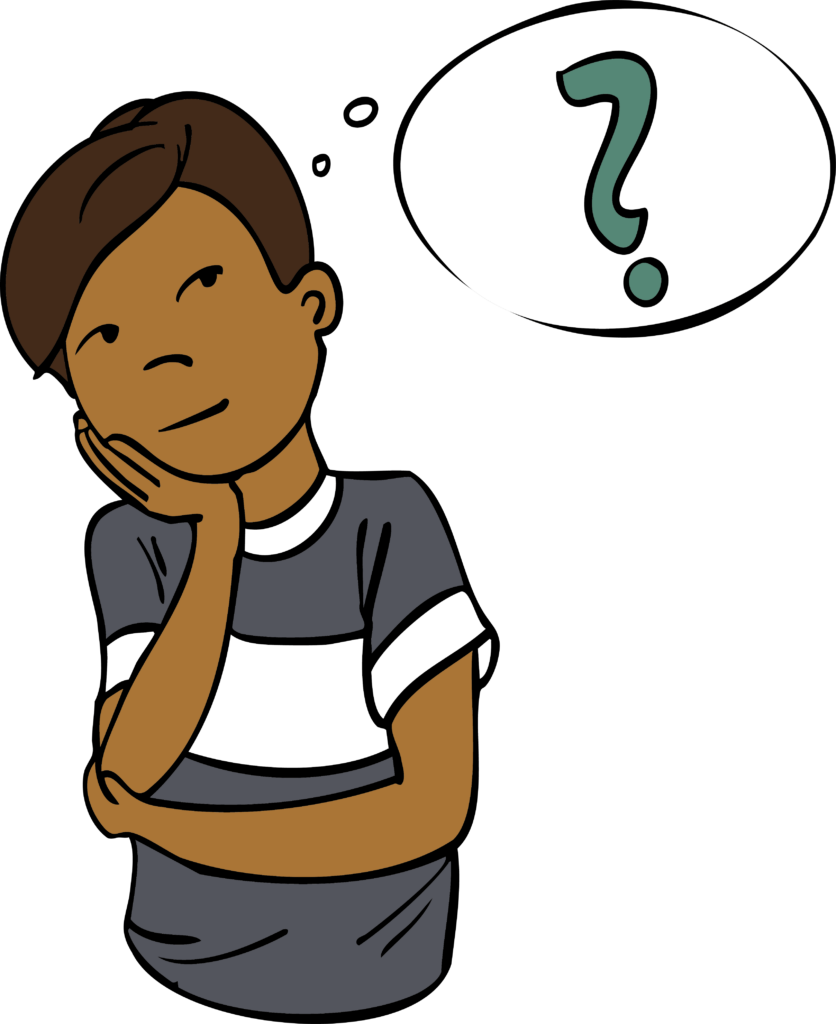
In all ReaDi picture books, you will find questions and impulses on every page to support your conversations and your child’s language development. You can also click on a list of important signs in the picture book.
Using the ReaDi book “Savannah United”, we would like to show you how shared book reading can work to read the story so that your child understands you well and you can talk to each other.
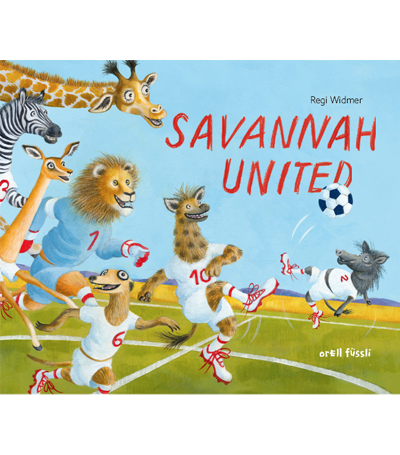
Point to the pictures before you explain them
That way, your child knows what it's about. Your child may not be able to look at the picture and follow you at the same time.
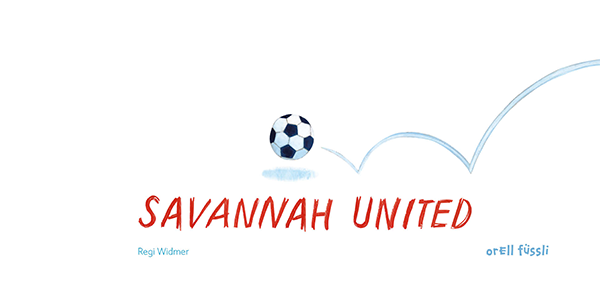
Describe pictures
This is how your child discovers new things, e.g.
„The hyena has brown spotted fur and lots of sharp teeth.“
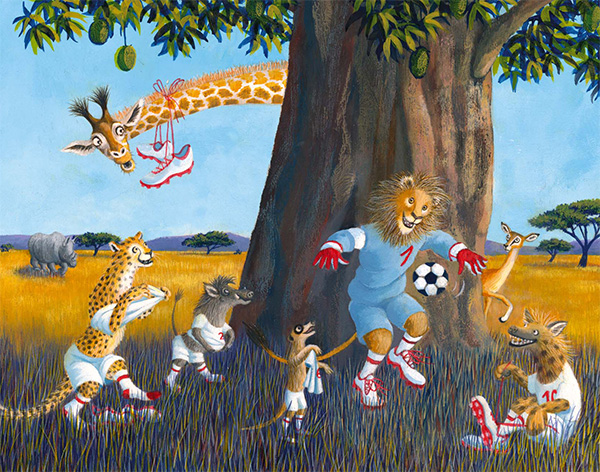
Repeat and emphasize important words in the book
that your child does not know, e.g. the sign or the word “hyena”:
“Here you can see the hyena in the picture. The hyena has brown spotted fur. The hyena has lots of sharp teeth.”
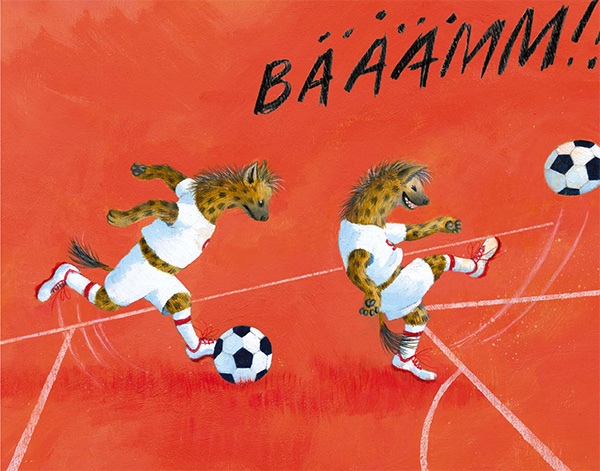
Confirm and repeat your child's statements
This will make your child feel understood:
“Did the hyena shoot the ball into the water?”
“Yes. The hyena shot the ball into the waterhole.”
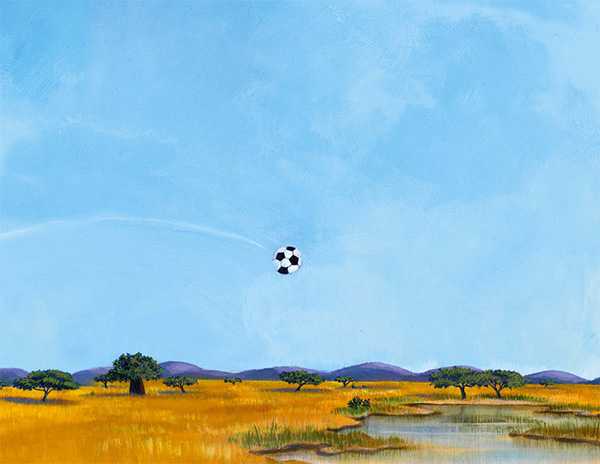
Expand your child's sentences
In this way, it learns to think the story through:
“The hyena shot the ball into the water.”
“Exactly. The hyena has kicked the ball into the waterhole and everyone is wondering how they can get it back.”
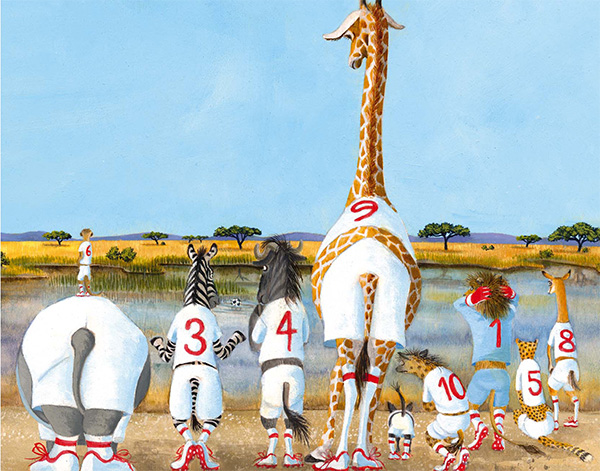
Simplify sentences and words
Tell the story so that your child understands it. This will keep your child interested in the story:
Text: The hyena giggles sheepishly.
“The hyena laughs a little uncertainly.”
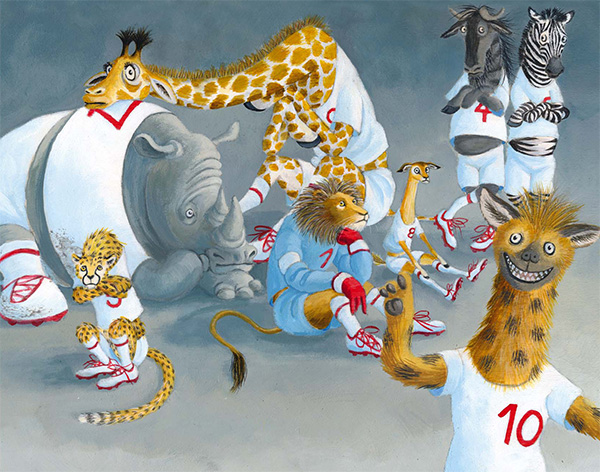
Explain difficult passages in your own words.
This way your child can follow the story:
“In the beginning, there were ten players in the soccer team. Now there are eleven players because the crocodile has been added.”
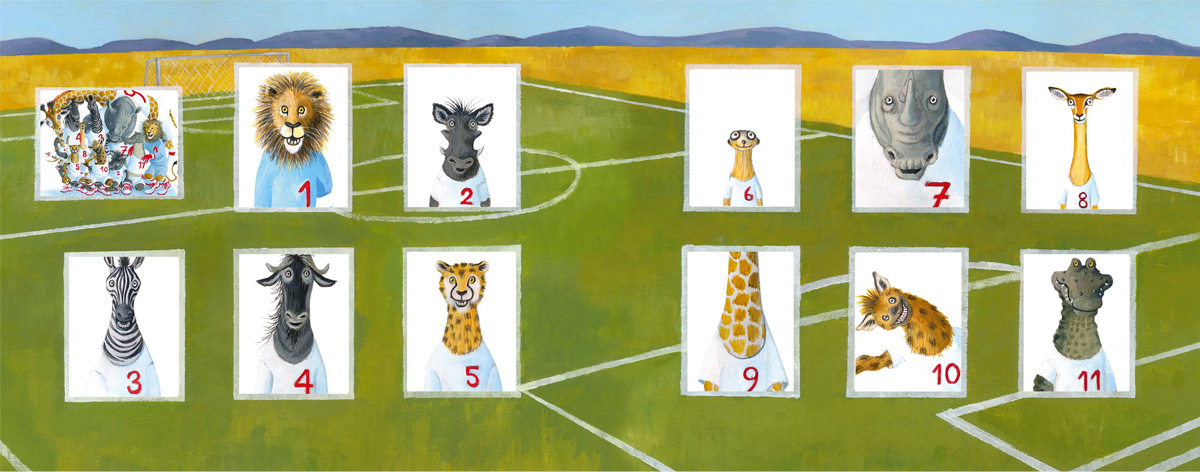
Use different words or phrases that mean the same or similar things
Your child learns how diverse language can be:
“All animals look at the gate. All animals watch the gate.”
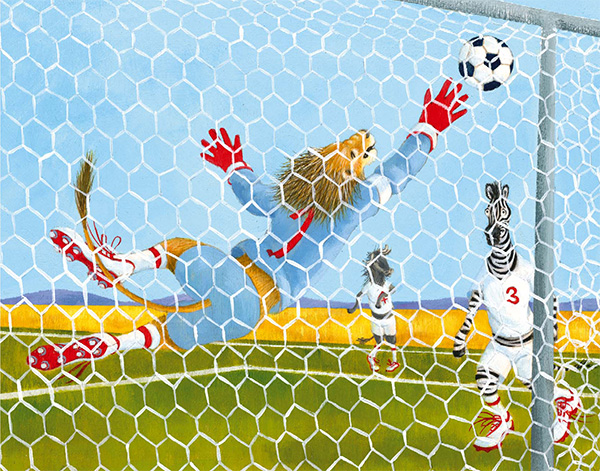
If your child says something inaccurately or incorrectly, repeat it correctly
This way, your child learns without feeling bad:
“Did the hyena throw the ball into the water?”
“Exactly, the hyena shot the ball into the waterhole.”

Use questions to help your child develop new thoughts and ideas
Use questions to get your child’s attention and encourage them to think. There are many different types of questions that you can try out. You can also find examples of these in the picture books by clicking on ![]() .
.
Questions to understand the story

Why don’t the animals just jump into the water?
Questions about appearance

What colors are the animals’ jerseys?
Questions about the pictures

Which animals do you know?
Questions about continuing the story

What do you think? Will the ball fly into the goal?
Factual questions

Do you know what a pass is?
Questions about feelings

Why is the hyena angry now?
Questions about behavior

What did the hyena do wrong?
Decision questions

Is that a nice crocodile or a mean one?
Knowledge questions

Can hyenas swim?
Questions about numbers

How many animals do you see?
Questions about everyday life

Have you ever seen a giraffe?
Memory questions

Do you remember how many animals there were at the beginning of the story?
Important in conclusion
Sometimes your child may just want to listen or watch you. That’s fine too, of course.


Exercises
Exercises

Read the questions and impulses in a ReaDi book under the following symbol![]() . Use five of these questions and impulses during shared book reading with your child.
. Use five of these questions and impulses during shared book reading with your child.

Think of three additional questions you would like to ask your child.
